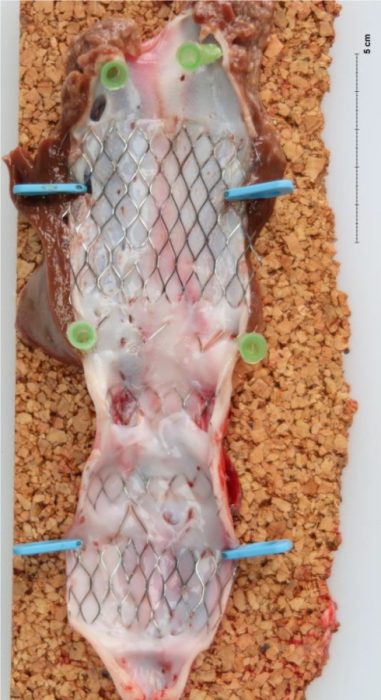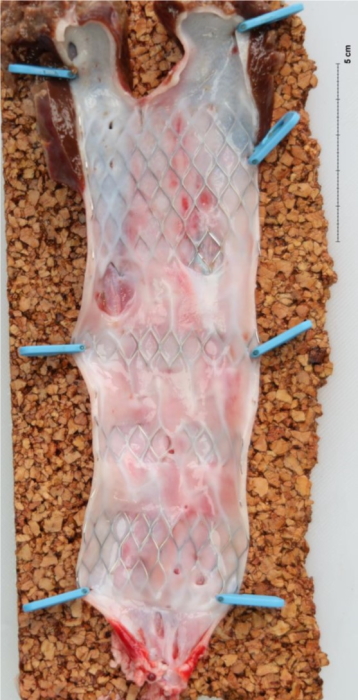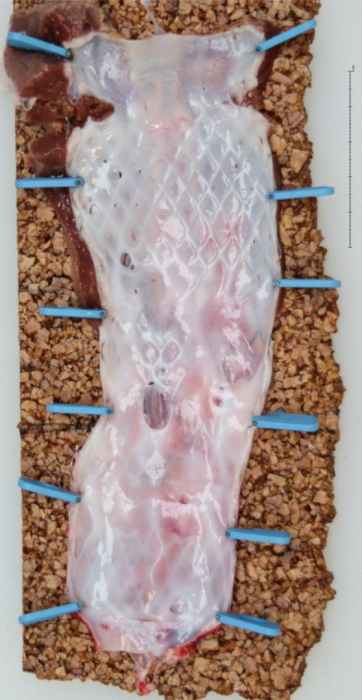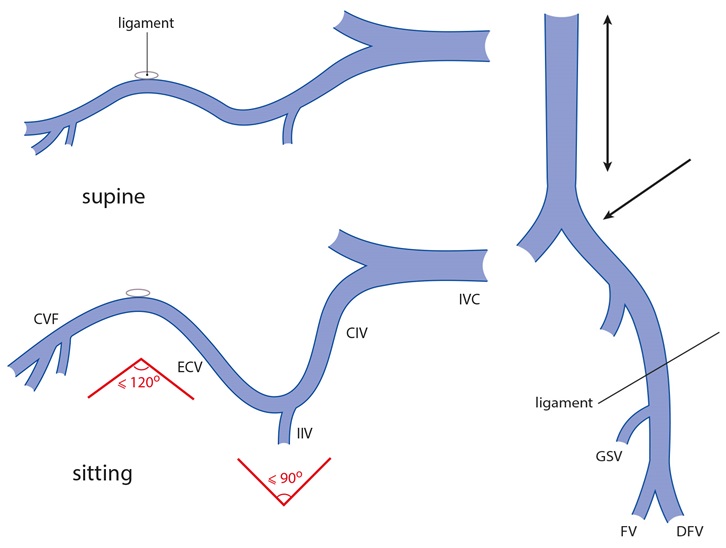
Veins are constantly changing in form and shape and therefore axial and longitudinal flexibility is needed
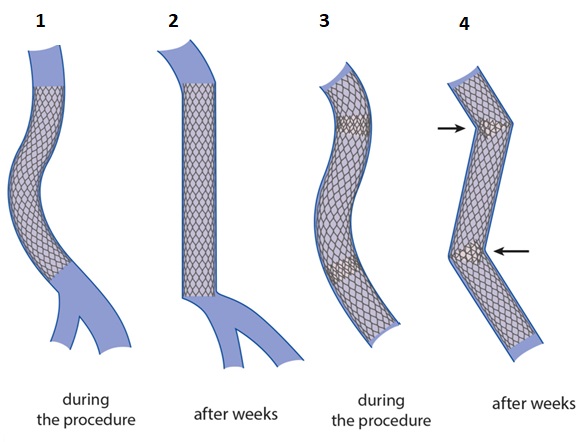
Nitinol, is a memory metal and therefore implanted stents will try to regain the shape they had in the factory which could hinder the blood flow through the stent


